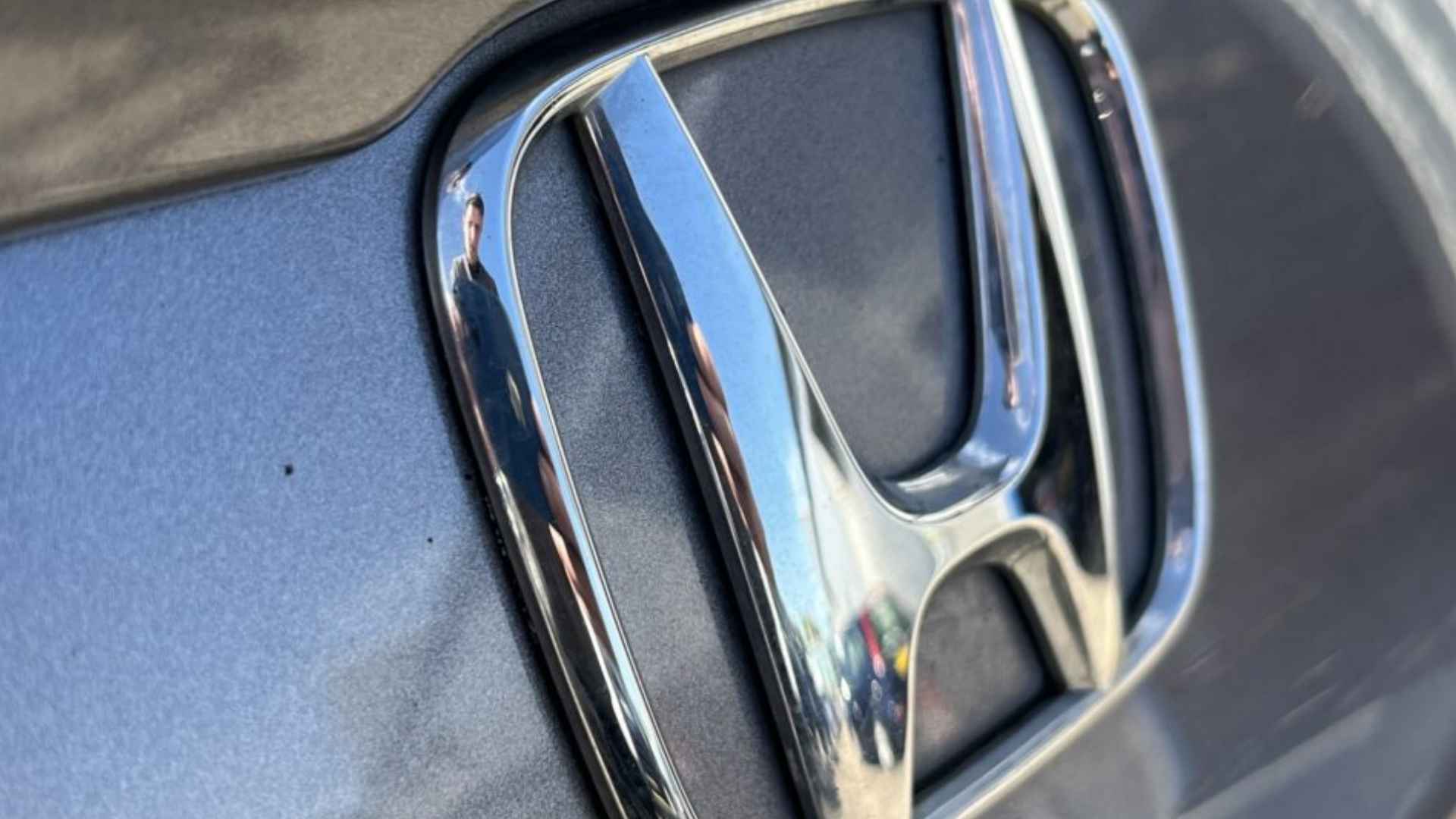The National Highway Traffic Safety Administration (NHTSA) has launched an engineering analysis into 2.2 million Honda cars, focusing on potential problems with the Auto Idle Stop (AIS) function. Officials say the probe seeks to clarify whether certain models pose a safety risk due to engines failing to restart after a complete stop.
Drivers across the United States may need to pay close attention. The vehicles under scrutiny include popular models like the Pilot SUV (2016–2025), Odyssey minivan (2018–2025), Passport (2019–2025), and Ridgeline pickup (2020–2025). Some Acura vehicles also appear on the list. Is your daily ride among them?
How 2.2 million Honda models could face potential restart issues on the road
Reports submitted to the NHTSA reveal that certain Honda engines may fail to restart once they shut off at traffic lights or intersections. In many cases, owners say they needed a jump-start just to continue driving. According to the Office of Defects Investigation, at least 1,384 complaints have been filed so far, with four incidents involving crashes or fires and two resulting in injuries.
In January 2023, Honda issued a service bulletin that introduced a two-stage repair process. However, some drivers who received this fix have still reported the same problem, raising concerns about whether the remedy is adequate. Below is a brief table outlining some of the main models and years mentioned:
| Model | Model Years |
|---|---|
| Pilot | 2016–2025 |
| Odyssey | 2018–2025 |
| Passport | 2019–2025 |
| Ridgeline | 2020–2025 |
| Acura TLX | 2015–2025 |
| Acura MDX | 2016–2025 |
If your vehicle is on this list, it’s important to monitor how the AIS system behaves at red lights or stop signs. Have you noticed any unusual delays or restarts?
Why the NHTSA’s engineering analysis might be a pivotal step for safety
The agency’s goal is to determine if a broader recall is necessary. This step allows officials to gather more data, evaluate the performance of Honda’s existing countermeasures, and potentially recommend new fixes if needed. The engineering analysis is expected to last up to 18 months, but officials emphasize that safety remains a top priority in the meantime.
Although many drivers may not experience this issue, it’s wise to stay informed. Consequently, checking your car’s service history and monitoring any updates from Honda could prevent you from being caught off guard at an intersection.
For now, the best approach is to stay alert and ensure your vehicle has received the most recent service updates. If you notice signs of engine hesitation when you’re stopped, consider contacting a Honda dealership for more information. By following the NHTSA’s progress and Honda’s announcements, you can help ensure your vehicle remains roadworthy and safe.

